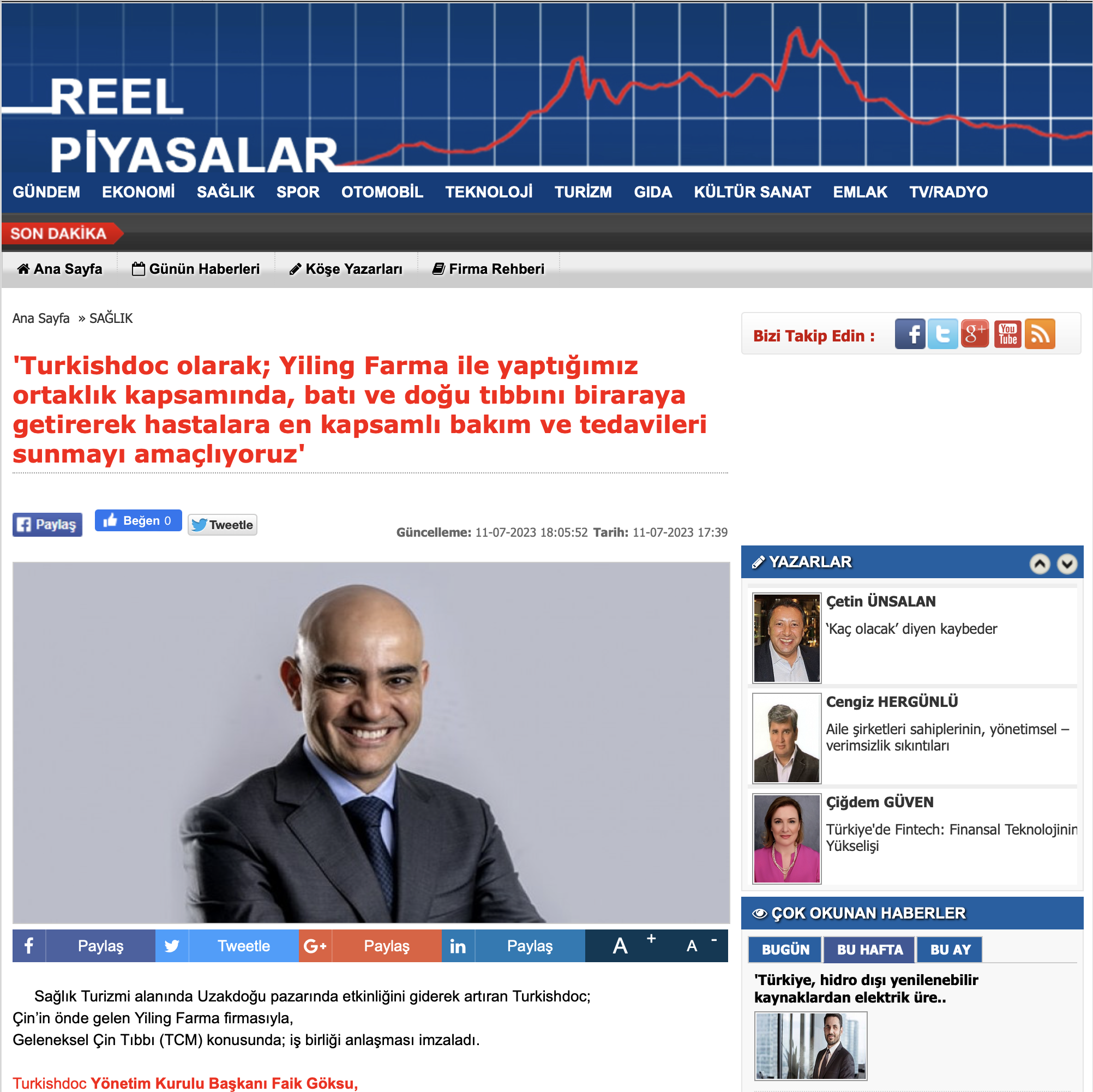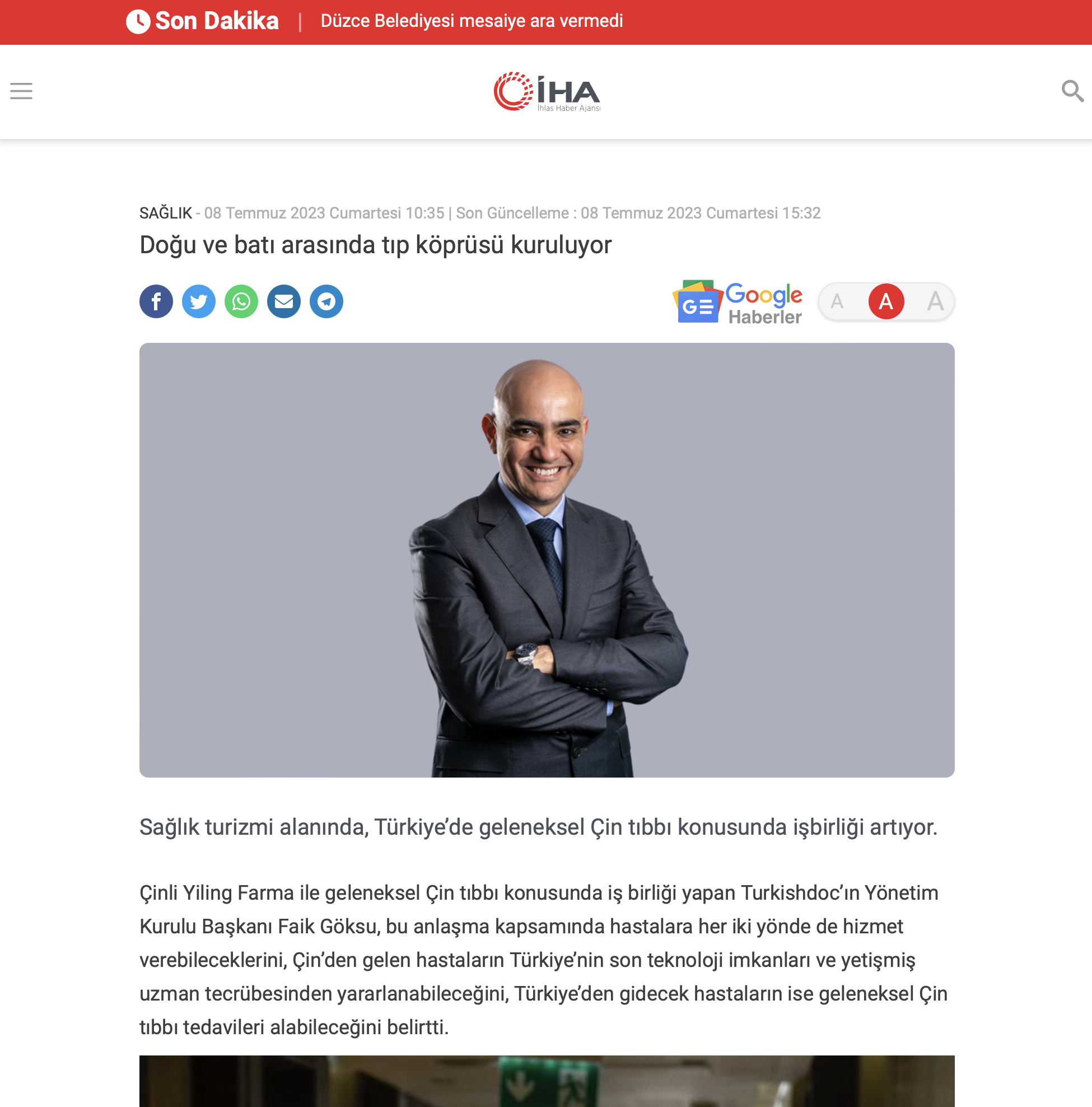Turkishdoc
What Is Cerebral Palsy and Why Does It Occur?
What is cerebral palsy?
Cerebral palsy; It is a neurological disorder that affects the communication between the brain and the muscle group and causes difficulties in the use of the muscles.
This brain damage, also known as Static Encephalopathy, is seen in infants and children. Cerebral Palsy, which is usually seen in the early fatal period and up to 5 years of age, occurs in infections and brain anomalies as well as oxygen deficiency.
A child with cerebral palsy may also have difficulty swallowing or moving his or her eyes. These folks struggle to focus on any item because they are unable to control their eye muscles. In cerebral palsy, the limitation on the work of the muscles and physical activity is permanent. These issues do not progress, and brain injury might occur in the womb.
In addition to these problems, epilepsy, intellectual problems, nutrition and communication problems may also occur in individuals with cerebral palsy.
Brain injury and its location play a role in the manifestations of cerebral palsy.
It is a classification developed to express the daily life effects of individuals with Cerebral Palsy. According to the Gross Motor Function Classification System (GMFCS), developed by the CanChild Research Center in Canada, Cerebral Palsy is categorized in 5 different levels:
Level I: Walks without any restrictions, but has problems running and jumping.
Level II: Walks with minimal support or crutches. A small amount of movement restrictions is experienced in daily life.
Level III: Crutches or walkers are needed to walk. There is a limitation of movement in daily life.
Level IV: Assistance is needed to walk or use a walker, and a wheelchair is required for locomotion.
Level V: Movement is severely restricted. Support is also needed for assistive tools and adaptations.
What are the causes of cerebral palsy?
Cerebral palsy is the most prevalent form of physical impairment seen in children. A brain that has not finished developing, which can occur as a result of damage that occurred during pregnancy, labor and delivery, or after birth.
Premature birth, low birth weight, blood clotting problems, blood incompatibility between mother and baby, lack of oxygen during pregnancy or birth, brain hemorrhages, bacterial or viral infection of the mother during pregnancy that will affect the nervous system of the baby, the mother’s alcoholism during pregnancy Cerebral Palsy can be caused by smoking, using drugs and/or various drugs, psychological problems and blows to the abdomen.
There are several factors that can cause problems with brain development:
- Maternal infections affecting the developing fetus.
- Inherited gene mutations that cause abnormal development.
- Infections in infants that cause brain or brain tissue inflammation.
- A traumatic brain injury is one that is caused by a fall or an accident.
- Fetal stroke, i.e., impaired blood flow to the developing brain.
- Cerebral haemorrhage in the womb or as a newborn.
- Lack of oxygen to the brain due to a difficult birth, sudden asphyxia.
What are the symptoms of cerebral palsy?
The signs and symptoms of cerebral palsy can vary greatly depending on the location and severity of the damage to the brain. Accident or slip and fall-related head damage can assotiated with:
- Babies who reach a certain age cannot do physical activities such as sitting, walking, crawling and cannot develop their motor skills,
- Speech disorders or retardation of speech skills according to age,
- Relaxation and stiffness in the muscles,
- Babies and children who have difficulty in physical movement frequently fall and balance disorders,
- Vision and hearing problems,
- Involuntary movements in the arms, legs and trunk,
- Difficulties in understanding and grasping,
- Exaggerated and fast reflexes.
- Excessive drooling or swallowing problems.
- Gait difficulties such as walking on toes, crouching, crossing the knees, walking with broad strides or walking asymmetrically,
- Poor balance and muscle control (ataxia).
- Difficulty with fine motor skills such as buttoning up or picking up items.
- Difficulty sucking or eating.
- Preferring one side of the body during movement, for example always reaching out with the same hand, or dragging one foot while crawling.
- Convulsions and tremors.
- Changes in muscle tone, such as being too hard or too soft.
- Delay in acquiring motor skills such as pushing up the arms, sitting up or crawling.
- Speech development delays or speech difficulties.
- Imbalance and poor motor coordination.
- Learning difficulties.
- Stiff muscles and exaggerated reflexes (spasticity).
- Shaking or involuntary movements.
- Slow, writhing movements.
What are the types of cerebral palsy?
Depending on the location and severity of the damage, CP tables are formed in various degrees and appearance. There are five different forms of cerebral palsy: spastic, athetoid, ataxic, hypotonic and mixed type. Each type causes its own specific movement disorders.
How is cerebral palsy diagnosed?
Although Cerebral Palsy is a congenital disease, it may take time for symptoms to appear. As babies fall behind physically and mentally from the 4th month on average, the first symptoms become visible. Therefore, between 4 and 12 months the diagnosis of Cerebral Palsy is most accurate.
In neurological examination:
- Electroencephalography (EEG) is used to detect the source of the problem in infants and children with seizures.
- Brain tomography and Magnetic Resonance Imaging (MR) methods are used to examine the brain tissue and brain structure of children at risk of Cerebral Palsy.
- Eye and hearing examinations are performed in cases of vision and hearing loss.
- Blood and urine samples are examined.
- Hip X-rays are taken at regular intervals against hip dislocation.
Can cerebral palsy be prevented?
After a healthy and controlled pregnancy, the number of cerebral palsy cases can be significantly reduced by giving birth in centers with adequate medical facilities. If the risk factors such as the mother’s age below 18 and over 40, multiple pregnancies such as twins and triplets, excessive weight gain during pregnancy or gaining less than 5 kilograms are known, some of the effects can be prevented.
- It is important to be vaccinated. Getting vaccinated against diseases such as rubella, preferably before becoming pregnant, can prevent an infection that can cause fetal brain damage.
- The individual should take good care of himself. The healthier the pregnancy period is, the less likely it is to develop an infection that results in cerebral palsy.
- It is important to start antenatal care early and continue it continuously. Regular visits to the doctor during pregnancy are one of the best ways to reduce health risks for both parent and baby. Regular doctor visits can help prevent complications such as premature birth, low birth weight, and infection.
- It is necessary not to disrupt the security measures. In addition to measures such as special child seats, bicycle helmets, safety bars around the bed for vehicles, it may be possible to prevent head injuries by providing appropriate supervision for the child.
- It is essential to avoid alcohol, tobacco and illegal drugs before, during and after pregnancy. All of these factors have been directly associated with the risk of cerebral palsy.
Is there a cure for cerebral palsy?
It is not possible to reverse the brain damage that has occurred, but a child with cerebral palsy can improve many skills with modern medical and supportive treatments. The most important element of the treatment is the interest and harmony of the family and the child. In institutions developed and competent in the diagnosis and treatment of cerebral palsy, mainly Child Neurology, Physical Therapy, Orthopedics Departments, as well as Child Mental Health, Neurosurgery, Eye, Ear-Nose-Throat, Nutrition, Physiotherapy-Rehabilitation, Ergotherapy, Language and Speech Therapy Departments involved in the treatment. Muscle relaxants, physical therapy, various external support devices (orthoses), botulinum toxin injections, surgical methods, and muscle-movement-speech training programs are applied according to the child’s condition. Thanks to these methods, children with cerebral palsy can improve their abilities and skills, participate in life and greatly increase their quality of life.
How is Cerebral Palsy treated?
Early diagnosis and early rehabilitation program are very important in Cerebral Palsy (CP). Treatment takes a long time because there is no one-and-only solution. Exercise, robotic treatments, hydrotherapy and occupational therapy are the main building blocks of physiotherapy applications, which are the most important pillars of rehabilitation.
Treatment methods in CP
- Medication
There is no known drug treatment for Cerebral Palsy. Only tremors and epileptic seizures and drugs that prevent muscle stiffness are used.
Patients diagnosed with Cerebral Palsy should receive physical therapy for at least the first two years. Physical therapy is one of the ideal treatment methods, especially for children with physical difficulties. It is necessary to work with physiotherapists to provide arm, leg, head and trunk control and to improve physical abilities such as walking and sitting.
- Botox Treatment
Botox treatment is one of the recommended treatment methods in patients with excessive stiffness in their muscles. The fact that the muscles are too hard and tight makes the patients uncomfortable. Botox treatment can also be applied both to relieve this ailment and to prevent the patients from straining during physical therapy.











